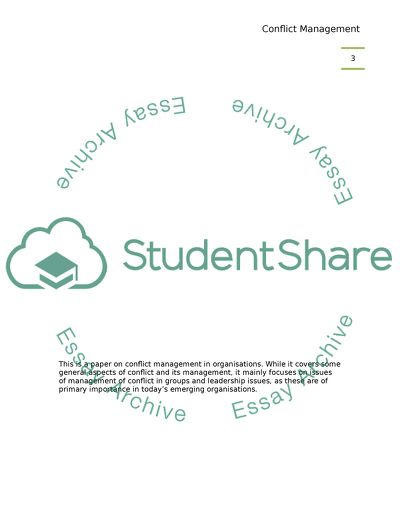Cite this document
(The General Nature of Conflict and How It Arises Research Paper, n.d.)
The General Nature of Conflict and How It Arises Research Paper. https://studentshare.org/human-resources/1718405-conflict-management
The General Nature of Conflict and How It Arises Research Paper. https://studentshare.org/human-resources/1718405-conflict-management
(The General Nature of Conflict and How It Arises Research Paper)
The General Nature of Conflict and How It Arises Research Paper. https://studentshare.org/human-resources/1718405-conflict-management.
The General Nature of Conflict and How It Arises Research Paper. https://studentshare.org/human-resources/1718405-conflict-management.
“The General Nature of Conflict and How It Arises Research Paper”. https://studentshare.org/human-resources/1718405-conflict-management.


